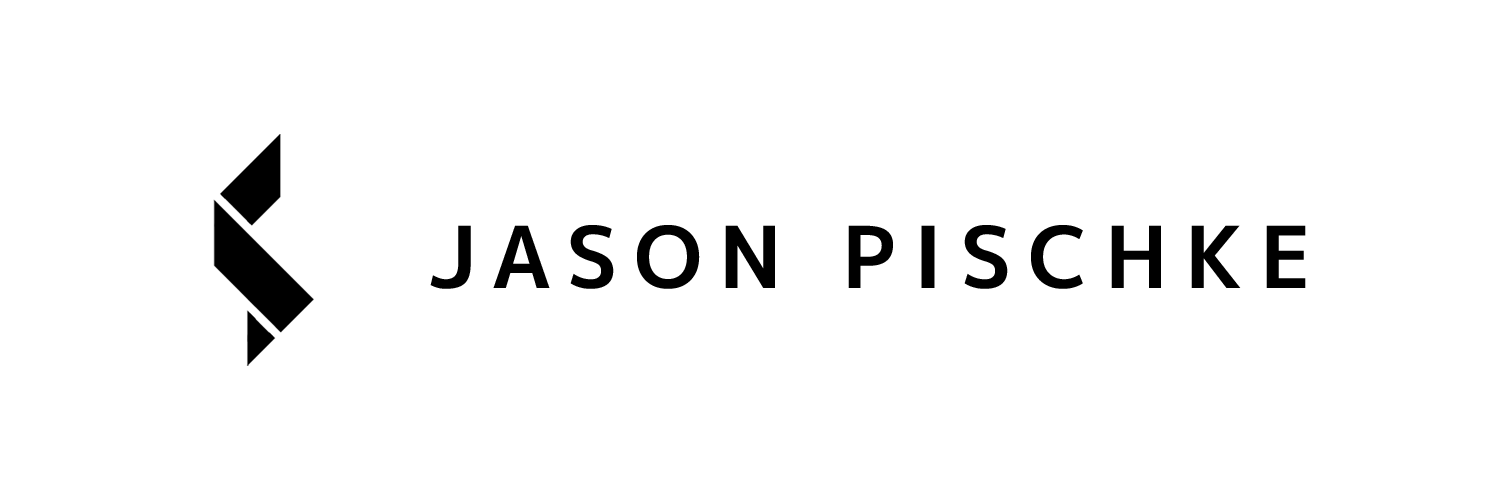Is the DJI Mavic Pro still relevant in 2021?
In short, yes! Let me explain...
The fact of the matter is this, drones are not main cameras for most people. It is a specialized tool that allows you to get unique shots and angles, but for the majority of their life, they live on the ground. When I picked up my DJI Mavic Pro just a couple of years ago, I got a great deal on it saving over 50% off the original MSRP. Today, these puppies can be had for as little at $450 on eBay for one in good condition. A used drone likely only has 20-30 actual hours of flight time on the aircraft and so the components onboard will still have plenty of life in them well after their first or second owners have moved on.
Second major reason, you are going to crash it. This is not a maybe, at some point everyone that flies one of these things either hits a tree, or a bridge, or in my case, both. It is much easier to stomach a $450 drone hitting the pavement and not a $1,200 drone. If this is your first or second real drone, you are going to absolutely benefit from it not being brand new the first time you hit something. Parts are cheap and readily available and with just minor mechanical know how and a Youtube video, pretty much everything can be serviced on one of these.
It's 90% of the tech for 40% of the cost. It is a very intuitive and easy drone to fly. It has intelligent flight modes like active track and the ability to set way points and let the drone fly between them. You get front and down facing sensors for obstacle avoidance. You have two flight modes, normal and sport, as well as a training mode that lets you get comfortable with the controls. It really does fly like just like any done out on the market today.
The camera is still more than adequate for professional use IF you know how to use it. It is certainly not going to beat out the DJI Mavic Pro 2's Hasselblad sensor, but if you take the time to properly set up the picture profile and fly when there is enough available light, the video and photo quality is actually quite impressive. A trick I use quite frequently to combat the lower megapixel count of the sensor is by shooting multiple horizontal photos, tilting up or down on the gimbal after each shot and then stitching together the photos in post. For the best video quality, you will want to keep the sensor at its base iso of 100, expose for the highlights and shoot with the D-Log picture profile. Most of the shadow detail will be preserved and then can be brought back up in post. Throw on a correction LUT and you have yourself a fine looking image. The sweet spot on the sensor is 2.7K, no idea why, just shoot 2.7K and upscale in post, it looks better than shooting 4K.
I have used this drone on countless shoots both personally and professionally. Just one commercial shoot paid for the entire drone and then some. It has been a fun tool to learn and experiment with and it is just that, it is a tool. As a photographer and a filmmaker, having the skillset and knowledge to fly a drone is becoming more and more desired. Being able to practice and learn has also never been so affordable.
The bottom line is this, yes there are better drones out there, but if you are just getting into the hobby, have been interested in upgrading to a more professional drone or are a photographer/filmmaker looking for a way to spice up your shot selection, picking up a used Mavic Pro from $450 is almost a no brainer.
